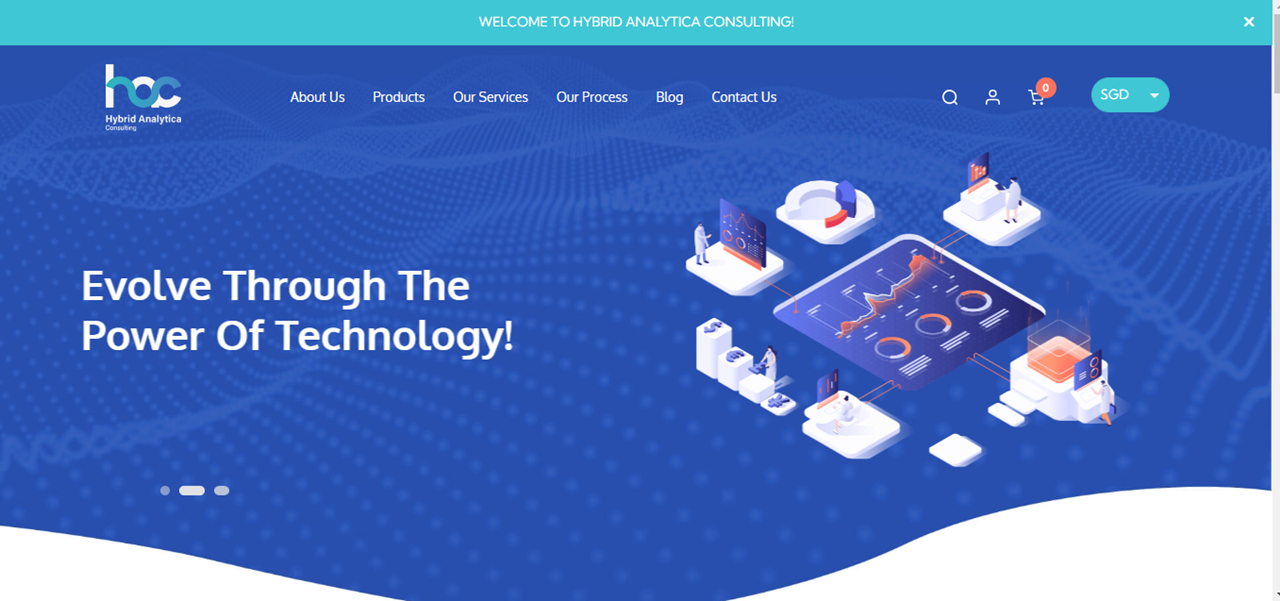In an era where data is more than just numbers and trends, businesses are constantly seeking innovative solutions to harness their full data potential. Hybrid Analytica emerges as a transformative approach, blending traditional data analytics with advanced machine learning and AI techniques to create a more dynamic, insightful, and actionable analytics framework.
This methodology is not just about managing vast amounts of data but effectively integrating and utilizing this data to drive business growth, enhance operational efficiency, and foster innovative solutions.
The Core of Hybrid Analytica: Integration and Intelligence
Hybrid Analytica is centered on the integration of various data sources and types. Organizations today deal with a mix of structured and unstructured data coming from multiple sources like IoT devices, online transactions, social media interactions, and more. The challenge is to bring this disparate data together in a meaningful way. Hybrid Analytica addresses this by employing sophisticated data integration tools that not only consolidate data but also ensure its quality and consistency.
Once data is integrated, the next step is to inject intelligence into the system. This is where machine learning (ML) and artificial intelligence (AI) come into play. By applying these technologies, Hybrid Analytica moves beyond simple descriptive analytics to predict future trends, automate decision-making processes, and provide deeper insights that were previously inaccessible.
Leveraging Technology: Tools and Platforms
To effectively implement Hybrid Analytica, businesses must utilize a range of technologies. Big data platforms like Apache Hadoop and Spark provide the foundation for handling large datasets efficiently. Data integration tools such as Talend or Informatica help in merging data from various sources seamlessly.
On the intelligence front, ML models and AI algorithms are developed using platforms like TensorFlow, PyTorch, or proprietary software from leading tech companies. These tools allow for the automation of analytical models that adapt and learn from new data inputs continuously.
Real-world Applications of Hybrid Analytica
Enhancing Customer Experience
One of the most significant impacts of Hybrid Analytica is on customer experience. By analyzing customer data from various touchpoints, businesses can predict customer needs and preferences, tailor their marketing efforts, and provide personalized experiences that drive engagement and loyalty.
Streamlining Operations
Hybrid Analytica also plays a crucial role in optimizing business operations. For instance, predictive maintenance models can forecast equipment failures before they occur, minimizing downtime and maintenance costs. Similarly, supply chain operations can be optimized by predicting demand fluctuations, thereby improving inventory management and reducing waste.
Risk Management and Compliance
In sectors like finance and healthcare, risk management and compliance are critical. Hybrid Analytica can identify potential risks and fraudulent activities by analyzing transaction patterns and customer behavior. Additionally, it ensures compliance with regulatory requirements by keeping track of data usage and adherence to data protection laws.
Challenges and Considerations
While Hybrid Analytica offers numerous benefits, there are challenges that businesses must navigate. Data privacy and security are paramount, especially with the integration of various data sources that may include sensitive information. Ensuring the privacy and security of this data while leveraging it for analytics is a significant challenge.
Moreover, the complexity of implementing and maintaining advanced analytical systems requires skilled personnel and substantial investment in technology. Organizations must evaluate their capabilities and resources before adopting Hybrid Analytica.
The Future of Hybrid Analytica
As technology evolves, the potential for Hybrid Analytica continues to expand. The integration of emerging technologies like blockchain for data security or augmented reality for data visualization could further enhance the capabilities of Hybrid Analytica. Furthermore, as more organizations adopt cloud-based analytics solutions, Hybrid Analytica could become more accessible, enabling even small and medium-sized enterprises to leverage advanced analytics.
Conclusion
Hybrid Analytica represents the next wave of innovation in data analytics, offering businesses a comprehensive toolkit to unlock the full potential of their data. By integrating diverse data sources and embedding intelligence into analytics, organizations can achieve a competitive edge, drive business growth, and respond more effectively to the challenges of a data-driven world. As we look forward, the ongoing development and refinement of this approach will undoubtedly open new avenues for exploring data and deriving value in ways we have yet to imagine.

